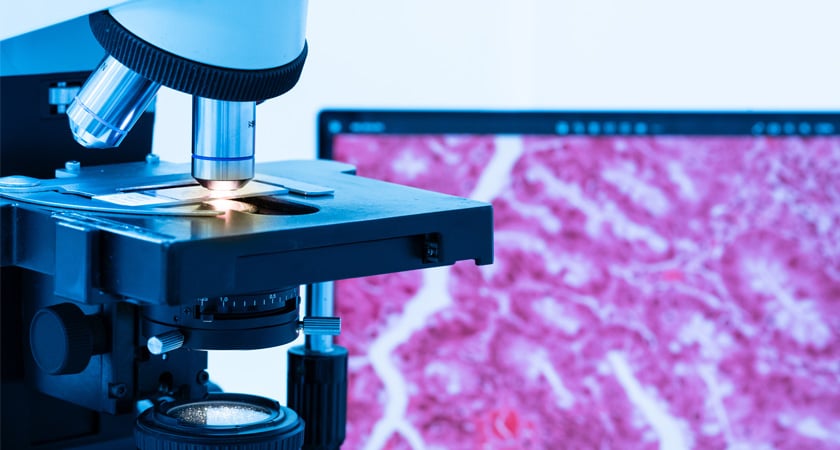An Air-Liquid Interface (ALI) model system based on ThinCert® - the advantages for studying biofilm infections
To develop realistic infection models that are reproducible is the holy grail of antibiotic research. Building these models requires reliable tools that allow researchers to mimic the in vivo environment in a simple way.
Over the course of this series, we’ve established that bacteria in an infection are not the same as bacteria that are typically grown in the lab. The differences can be so vast that you could argue that the only way to really study an infection is to take measurements and observations directly from the patient.
While this is true, medical science would not advance very fast if we could only take observations from patients who were infected.
Being pragmatic about the complexity of infections
So, what is the next best thing? For a long time, it was considered that animals such as mice and cotton rats were the very best proxies for studying skin infections. However, as ethical concerns grew, mounting evidence suggested that the immunology of rodents was simply too different to that of humans to justify relying on them so heavily for scientific research.
While lab experiments have their drawbacks when compared to monitoring patient samples and performing animal studies, they also have two huge benefits. The first is that in the lab, we have access to a whole suite of techniques that can observe every facet of a single microbe during a simulated infection.
We can look at the DNA, RNA and proteins. We can see how they look and how they interact, and we can do this repeatedly over very short time frames. The second thing we can get from laboratory studies is statistical power. We can perform so many experiments in the lab that we can dramatically improve our certainty when it comes to testing hypotheses.
With this in mind, researchers are not treating lab experiments as “second best” when it comes to animal studies or measuring directly from human samples. Instead, with careful experiment design, it is now possible to take advantage of data from both live and simulated infections.
We can observe infections in patients and use them to construct realistic lab models containing human cells that can be replicated many times in many different laboratories around the world.
REQUEST PUBLICATION
A realistic in vitro model
One way to do this for skin infection studies is to use an air-liquid interface model system using ThinCert®. This is a porous insert that can be placed into the wells of a multi-well plate and used to build up a human skin model layer by layer as different cell types are sequentially seeded on top of the porous insert.
Crucially for the accuracy of the model, ThinCert® allows you to create an air-liquid interface inside a single well, meaning differentiated epidermal layers including the stratum corneum, stratum granulosum and stratum spinosum can be accurately formed.
This skin model can then be used to host a biofilm layer on top to closely simulate a real infection. As this can be done many times in the same multi-well plate then it is also possible to perform large numbers of replicates to uncover new therapies with a lot of statistics to back them up.
We must always question our lab models to make sure they accurately reflect the human infection environment as closely as possible. As long as we do, good models such as the Air-Liquid Interface model using ThinCert® can really give us novel and clinically relevant insights into the infection process.
The combination of model accuracy and statistical power means that this model is extremely valuable to any lab conducting infection research.
Ready to enter the next level?
Please fill out this form and contact our experts today to find the perfect solution for you!
